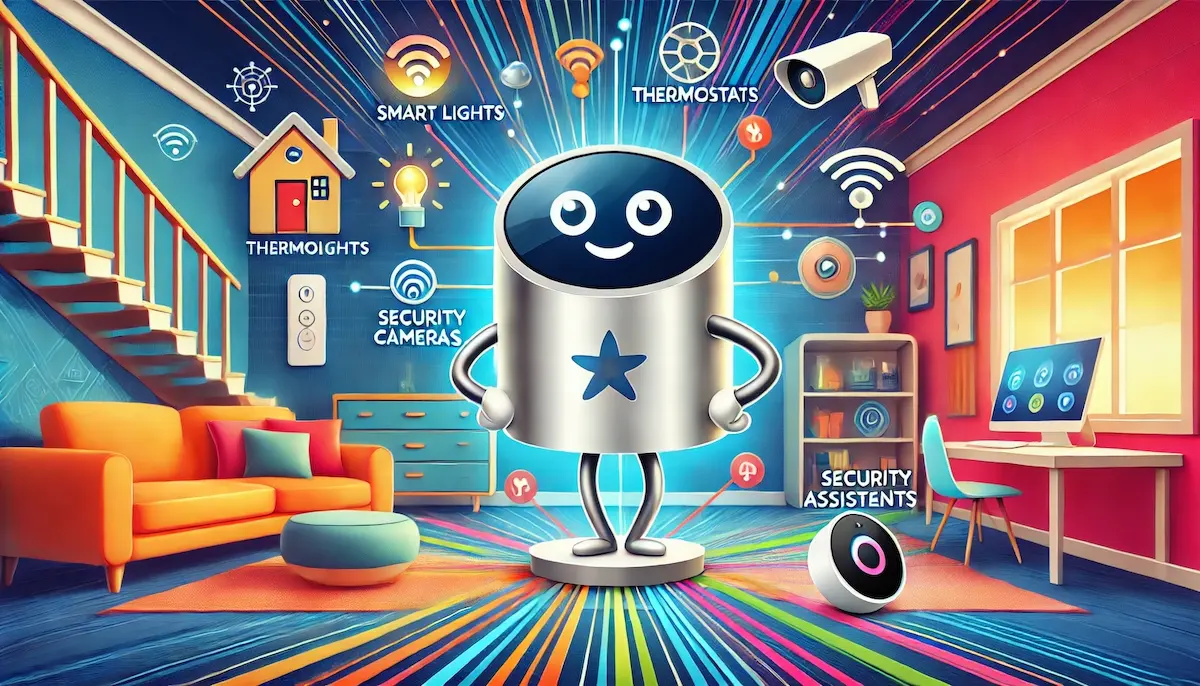Smart home technology is revolutionizing the way we live, offering unprecedented convenience, efficiency, and connectivity. By integrating various devices and systems, smart homes provide a seamless and automated living experience. Let’s explore what smart home technology is, how it works, and its potential benefits.
What is Smart Home Technology?
Smart home technology refers to a network of interconnected devices and systems that can be controlled remotely via a smartphone, tablet, or computer. These devices can communicate with each other and perform automated tasks based on user preferences or environmental conditions. Examples of smart home devices include thermostats, lighting, security systems, and appliances.
How Does Smart Home Technology Work?
Connectivity
Smart home devices connect to the internet via Wi-Fi, Bluetooth, or other wireless protocols. This connectivity enables them to communicate with each other and with the user’s control device, typically a smartphone or a dedicated hub.
Control Platforms
Smart homes are often managed through central control platforms, such as mobile apps or voice assistants like Amazon Alexa, Google Assistant, and Apple HomeKit. These platforms allow users to control and monitor their devices from anywhere, at any time.
Automation
Automation is a key feature of smart home technology. Users can set up routines or schedules for their devices to perform specific actions at certain times or in response to certain conditions. For example, lights can turn on automatically when someone enters a room, or the thermostat can adjust the temperature based on the time of day.
Sensors and Data
Smart home devices often include sensors that monitor environmental conditions such as temperature, humidity, light, and motion. These sensors collect data that the system uses to make informed decisions and trigger automated actions.
Applications of Smart Home Technology
Smart Lighting
Smart lighting systems allow users to control the brightness and color of their lights remotely. They can also be programmed to turn on or off based on occupancy, time of day, or ambient light levels. This not only enhances convenience but also improves energy efficiency.
Smart Thermostats
Smart thermostats, like those from Nest or Ecobee, learn users’ schedules and preferences to optimize heating and cooling. They can be controlled remotely and can adjust settings automatically to save energy when no one is home.
Home Security
Smart security systems include cameras, doorbells, locks, and motion sensors that provide real-time monitoring and alerts. Users can view live footage, receive notifications of suspicious activity, and even control locks remotely.
Smart Appliances
Smart appliances, such as refrigerators, ovens, and washing machines, can be controlled via smartphone apps. They offer features like remote monitoring, energy usage tracking, and notifications when maintenance is needed.
Entertainment Systems
Smart home entertainment systems integrate TVs, speakers, and streaming devices for a unified multimedia experience. Users can control their entire entertainment setup with a single remote or voice command.
Smart Hubs and Assistants
Smart hubs and assistants, like Amazon Echo or Google Nest Hub, act as central control points for all smart home devices. They can execute voice commands, manage routines, and integrate with various smart home products for seamless operation.
Benefits of Smart Home Technology
Convenience
Smart home technology simplifies daily tasks and routines. Users can control multiple devices from a single interface, automate repetitive tasks, and manage their home environment with ease.
Energy Efficiency
Smart home devices can significantly improve energy efficiency. Automated lighting and thermostat systems optimize energy use, reducing utility bills and environmental impact.
Enhanced Security
Smart security systems provide peace of mind through real-time monitoring, alerts, and remote access. Users can keep an eye on their home from anywhere and respond quickly to potential security threats.
Comfort and Personalization
Smart home technology allows for a highly personalized living experience. Users can tailor their environment to their preferences, from lighting and temperature to entertainment and security settings.
Accessibility
Smart home technology can greatly benefit individuals with disabilities or mobility issues. Voice-controlled devices and automated systems make it easier to manage daily tasks and maintain independence.
Challenges and Future Outlook
Privacy and Security
As with any connected technology, smart home devices pose privacy and security risks. Data breaches and unauthorized access can compromise personal information. It’s crucial to implement strong security measures and keep software updated.
Compatibility
Ensuring compatibility between different smart home devices and platforms can be challenging. Standards like Matter (formerly Project CHIP) aim to improve interoperability, but users should research compatibility before purchasing devices.
Cost
The initial cost of setting up a smart home can be high, with individual devices and systems sometimes being expensive. However, the long-term benefits and potential savings on energy bills can offset these costs over time.
Technological Advancements
The future of smart home technology looks promising, with ongoing advancements in AI, machine learning, and IoT. These technologies will further enhance the capabilities and integration of smart home systems, making them even more intuitive and efficient.
Conclusion
Smart home technology is transforming the way we live, offering a blend of convenience, efficiency, and security. As technology continues to evolve, smart homes will become increasingly integrated and intelligent, providing even greater benefits for users.
Blockfine thanks you for reading and hopes you found this article helpful.
